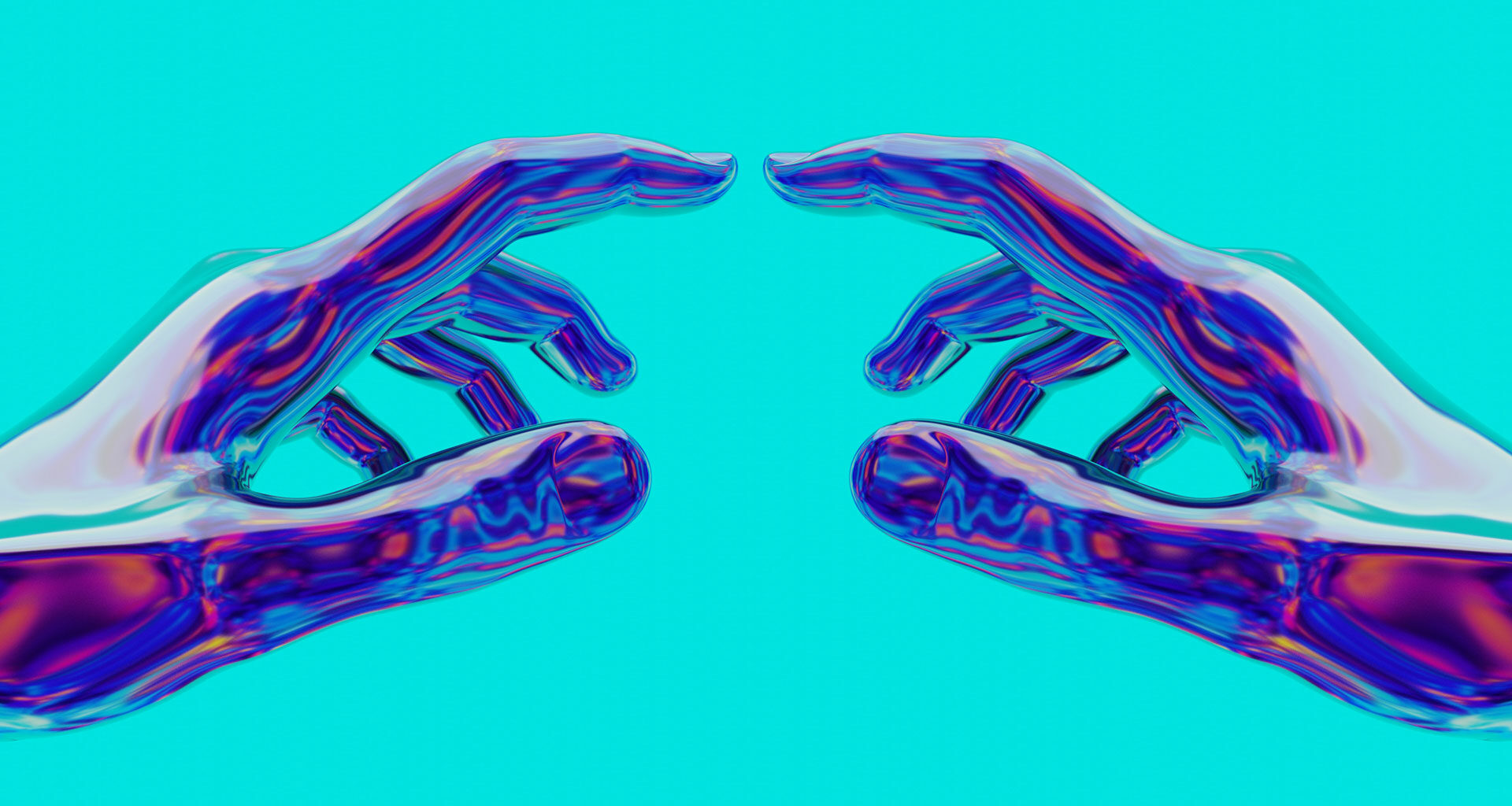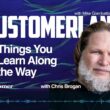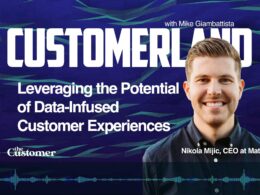Before the COVID-19 pandemic, customers expected to walk into a physical location for many of their needs, whether to pick up a coffee or visit a doctor. However, in-person experiences always had their limitations. Businesses that lack a digital dimension can suffer from over-stretched workers, slower speed of service, and a lack of convenience that could impact a customer’s desire to return.
by Jana Boone
Since the pandemic, businesses have embraced technology to better connect with their customers. And with that, everyone has grown accustomed to being able to access nearly everything they could ever want or need directly from their phone.
With the rapid growth of the digital experience economy, the fine line between online and face-to-face experience is starting to blur. Accordingly, businesses are surprising their customers by bringing innovative digital experiences into sectors that were traditionally in-person only. They know that if they don’t, they risk becoming the cautionary tale that fell behind in an age of digital transformation.
The Rise of Digital Healthcare and Convenient Access
For example, not too long ago, healthcare was almost completely in-person. But the patient experience in healthcare has changed over time, moving from face-to-face interactions with doctors to integrating a “digital front door” through which patients can interact with their healthcare provider from the comfort of their homes. Fast digitalization during COVID-19 made it possible for people to gain access to online consultations almost immediately. Nowadays, people without convenient access to healthcare may receive the treatment they need thanks to telemedicine tools, such as apps providing virtual healthcare assistants.
Telehealth apps are now being designed to provide an easy-to-navigate front-end user experience. This empowers patients to make more informed decisions about their care options, with a 24/7 virtual access point. By developing accessible digital healthcare platforms, healthcare providers will be better able to reach vulnerable communities. For example, those who understand very little English now have the option to access healthcare in their native language. Similarly, elderly patients with mobility issues are receiving life-changing healthcare without needing to come into the hospital in person. A consumer-centric, streamlined digital experience empowers patients to take a more active role in managing their health and will undoubtedly improve patient outcomes and satisfaction.
Medical vending machines are another illustration of the pandemic’s enduring impact. During the pandemic, vending machines were utilized to administer medicine and hand sanitizer, and now pharmacies and walk in clinics are adopting vending machines to make it simpler for patients to collect their prescriptions. This means that patients can pick up their prescription at any time of the day or night, instead of being restricted by the opening and closing hours of pharmacies.
Even if a patient is unable to visit a physical medical office, they will still have access to an array of touchpoints that make receiving care simple at every stage, greatly improving health outcomes.
Reimagining Car Sales
Another industry that was traditionally completely in-person is the car sales industry. You expect to walk into a dealership and meet a salesperson who will do everything in their power to sell you a car right then and there. However, today a standardized online process serves up all the most relevant information and gives customers confidence that they have got the best deal possible.
One of the most difficult purchases a person can make is a car. It’s easy to get confused and flooded with information. Automotive industries are increasingly implementing digital channels to make the process smoother, walking customers through the facts and features of each vehicle, while still providing necessary information like performance, design, technology, and safety. This is only the beginning of a highly digitalized reality. Advances in A.I. and augmented reality will generate a whole new virtual world for car dealerships.
It’s fair to assume that the future of car dealerships could be predominantly virtual. It’s already possible through specific dealers to virtually visit the auto dealership, go for a virtual test drive, speak with a virtual experience advisor, and then purchase the car, all online. And by allowing the customer to be at the center of all decisions, the digital experience ultimately provides an immersive and personal experience that garners long-term loyalty. This omnichannel strategy still infuses a human touch, while making it a much more efficient digital experience. This generates that push consumers need to move beyond consideration, to purchase.
What makes consumers return?
Customers are now accustomed to receiving the information they need in seconds. By creating personalized digital experiences that assess consumer behavior, businesses can begin to operate like tech companies, in whatever sector they operate in. By providing the same customer experience as companies like Uber or Netflix they can exceed their customers’ expectations and begin to establish loyalty.
As businesses upgrade their digital infrastructure, they need to infuse a unique emotional connection into every created experience. Customers are more likely to repeatedly re-engage with digital experiences that retain a human-centric focus. Through the virtual era, companies in every sector need to engage with their users at multiple touchpoints to build real human connections and make their experiences deeply personal. When they go the extra mile to provide well-thought-out digital experiences in the most unexpected places and the most unexpected ways, this will inspire emotional responses. Through this, businesses can become the architects of their own fortune and success.
Where consumers are constantly surrounded by adequate yet mediocre digital touch points, unexpected industries are breaking out of this sea of sameness. The quality of experience has grown to encompass everything a customer touches, sees, smells, and feels across multiple touch points. In less traditional sectors where digital experiences aren’t as common, we can see that people don’t just want technology for the sake of ‘keeping up’. Experience is personal. Experience technology should be able to provide value for the consumer that solves problems and creates opportunities.
Jana Boone is SVP of Marketing at Bottle Rocket. Bottle Rocket provides end-to-end experience transformation services that produce undeniable value for many of the world’s most successful companies. Our over 550 experiences to date have created meaningful connections between brands and consumers and have changed how our clients compete and win in the marketplace.













